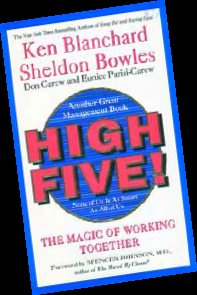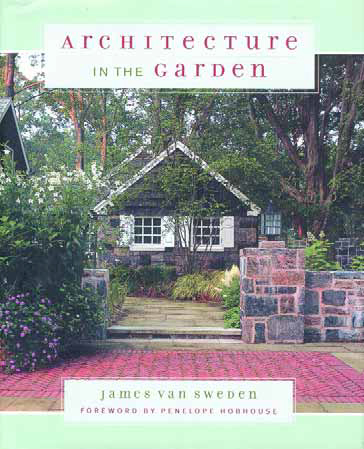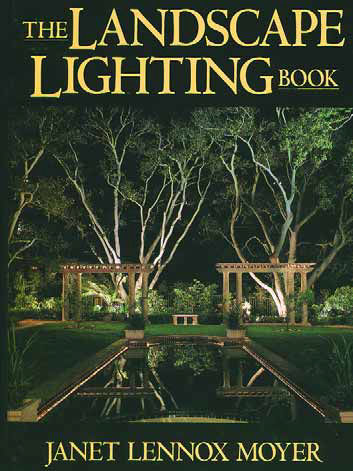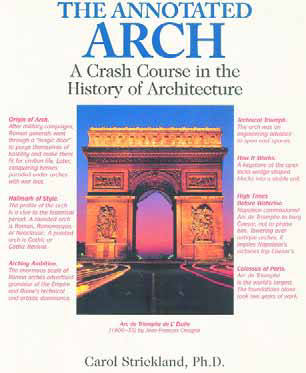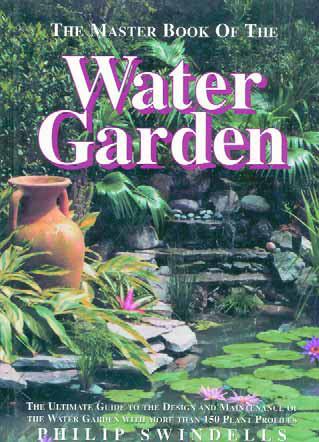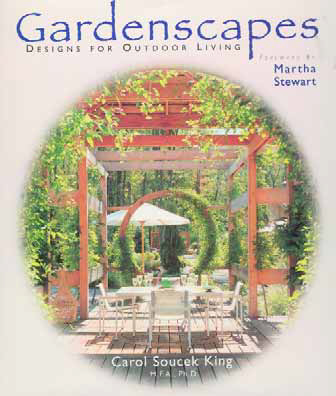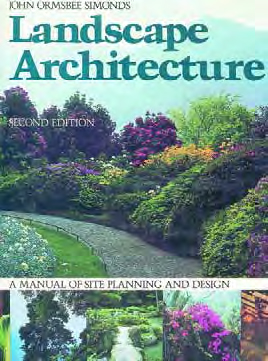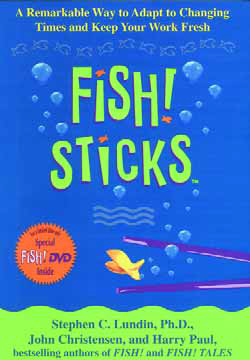Book & Media Reviews
I've always been one those who finds useful parallels between business and sports. In fact, I think it's something that applies especially well in a field such as watershaping, where successful results require coordination of distinctly different activities unified by shared goals and objectives. For those reasons, High Five!: The Magic of Working Together by Ken Blanchard and Sheldon Bowles (Harper Collins, 2001) is superb fuel for watershapers - and anyone else who makes their living working in cooperation with others. I first discovered the book because of my son Trey's soccer career. He started when he was all of four years old, and I signed on as the coach. If any of you have ever watched four-year-old boys play
There are those in this business who are extremely adept at selling, and I'm definitely not one of them. I get by, but it's never been my long suit by any means. I've always admired the good salespeople I've met, and I fully accept the hard reality that to build a watershape at any level, one must sell it first. But I came up on the design/construction side of the watershaping business, and I've never found a clear way past the fact that, for me, sales has always been an area where I consistently have plenty of room for personal growth and improvement. I know that selling is important not only because it brings business through the door, but also because it sets the stage for everything that follows as a project progresses. As practiced by real professionals, I've observed that it's much more about
Good Bones I may be biased, but I think that James Van Sweden is the most important and certainly one of the most influential landscape architects working today. His work in suburban residential settings has influenced an entire generation of designers, and his signature use of ornamental grasses, stacked ledger walls and well-designed pathways can be seen in thousands of spaces across the country. Van Sweden's latest book (his third) is Architecture in the Garden (Random House, 2002), which is all about designing spaces that have, as he puts it, "good bones." What he means is that without a design that takes the architecture of the home, a site's characteristics and the
Janet Lennox Moyer's The Landscape Lighting Book (John Wiley & Sons, 1992) is quite simply one of the finest textbooks I've ever read. Indeed, when it comes to resources on the often-elusive topic of landscape lighting, it's hard to imagine a more comprehensive resource. Moyer is a lighting designer and instructor who has made a career of lighting the night with a flair that has earned her a tremendous reputation in the United Sates and abroad. (Her first contribution to WaterShapes, coincidentally, appears in this issue - click here.) In reading her 282-page, richly illustrated book, it's easy to see why she's become so successful: There is so much detail about design and such a wealth of specific
One of the characteristics I've noticed among watershape designers is a tendency to stick with what works. Nowhere is this more pronounced than with the often-tricky issue of working with color: It's almost as if there's an unwritten rule that a very small palette of very familiar colors are all that is appropriate - especially for pools and spas! I believe that this lack of color creativity extends to some degree from familiarity with certain key products and their standard colors, be they tile, plaster or exposed-aggregate materials. To a much greater extent, however, I think the cause is a lack of basic education in color theory. I speak from experience on this subject, because for all of my
I don't know who first expressed it, but I've always welcomed the notion that "great designers are great thieves." That nugget rings so true because very few among us ever have completely original ideas and, in fact, the best designs are generally derivative of something that came before. To my mind, if some degree of larceny is part of our game as watershape designers, then one of the very best places to find borrowable ideas is a book entitled The Annotated Arch by the historian Carol Strickland (Andrews McMeel Publishing, 2001) - a wonderful and inspiring 180-page, beautifully illustrated book that offers a
Experts in watergardening and pond enthusiasts of all stripes are quite quick to claim that their form of watershaping is the fastest-growing segment of the industry and trumpet a history that stretches, they say, to the Islamic world, Japan and Europe. I can't say whether they're right or wrong with their assertions, but it's my sense as someone who's been designing with water for many years that the current trend toward naturalistic ponds and streams is quite strong (and probably getting stronger) and that it's important for all of us professionals to approach the art and science of "living" watershapes in a deliberate and thoughtful way. To that end, I've examined many publications dedicated to watergardening - and I'd be lying if I said that I've been
The famous landscape architect Thomas Church was known to proclaim, "I have no style." What he meant was, rather than impose a style that was characteristically his on a project, he preferred to let the home, site and clients guide the stylistic details of his work. I've always admired Church and other designers who are willing and able to move comfortably across the style spectrum in accordance with the situation. This is certainly how I've chosen to approach my own design work, even when I find the huge range of possibilities a bit perplexing. To be able to work in such a malleable way, of course, you need to be familiar with an array of styles and comfortable with the nuances of classifications stretching from traditional to
It's painfully obvious that too many mainstream watershapers are satisfied to treat each site in basically the same way. By contrast, I go to great lengths to examine each space from a variety of perspectives, and the fruits of that effort are reflected in the design work that follows. In fact, if I had to point to a single aspect of my design work that most often sets me apart from my competition, it's the detail I go into when examining a site. Certainly the best book I've ever read about site planning and analysis is the one I first encountered during my second year in college. Written by John Ormsbee Simonds, a distinguished instructor at Harvard Design School and Michigan State University, Landscape Architecture: A Manual of Site Planning and Design (McGraw Hill, 1983) is one of the most complete treatments of
Watershaping can be so demanding a profession that it's easy to lose sight of the fact that what we do should really be fun and enjoyable. That's why I bring up two books this month that make a case for approaching your work in ways that encourage a daily sense of joy and adventure for both you and your clients. The first is simply titled Fish! Written by Stephen C. Lundin, Harry Paul and John Christensen (Hyperion, 2000), it's a modern parable about a woman named Mary who has taken over as manager of her company's toxic-waste management division. It's a job with horrid potential, but as the story goes, Mary is helped by a visit to the famous (and very real) Pike Place Market in Seattle, where she's captivated not only by the wonderful fish on sale, but also by the joy and pleasure she derives from shopping there. What Mary learns is how to










